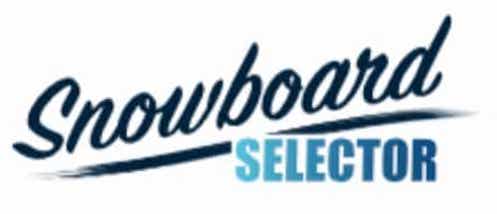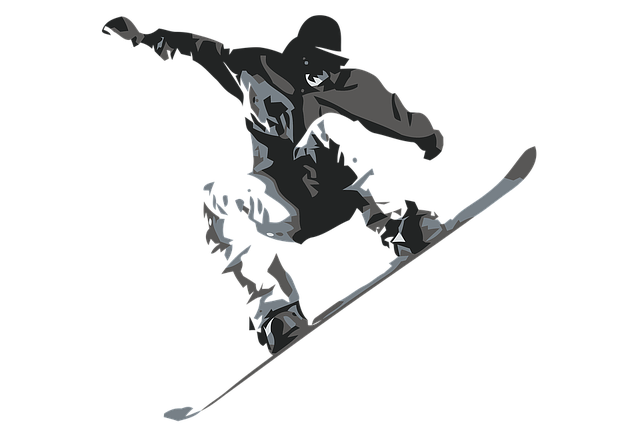Let’s Find Your Ride
Enter your details to get the perfect snowboard size!

What Size Snowboard Should I Get?
Choosing the right snowboard size is one of the most important decisions for any rider, especially beginners. After years of teaching on the mountain, our certified instructors have seen firsthand how much easier it is to learn (and have fun) on the right board. That’s why we created the Snowboard Size Calculator; a reliable tool designed by experienced snowboard coaches to give you a personalized recommendation based on your height, weight, and skill level. Skip the guesswork and start shredding with confidence.
Read more about our team
How to Use Our Snowboard Size Calculator
Our snowboard size calculator for men's and women's and kid's boards narrows down the search and makes picking a board easy (includes both metric and imperial measures for height and weight).
All you need are the following details:
Simply enter the details for you height, weight, and skill level. If you select something other than “Beginner”, there will be some more questions to help us narrow down what board will best suit your riding style.
Finally, select whether you're after Men's, Women's, or Kid's snowboards. You can enter your boot size for width recommendations.
Snowboard Size Guide
Picking the right snowboard size depends on a number of factors, but a good starting point is your height and weight.
How rider height and weight affect snowboard sizing
When it comes to snowboard sizing, height and weight are the two biggest factors we look at (and for good reason). Your weight helps determine how much flex and stability you’ll get out of a board. Too light for a board and it might feel stiff and hard to control. Too heavy and you could overpower it, making it feel squirrely or unstable, especially at speed. Getting the right balance helps the board flex the way it’s meant to, which makes a huge difference in how it rides.
Height matters too, but mostly as a check on how the board will feel underfoot. Taller riders tend to have a wider stance and longer legs, so a board that’s too short can feel twitchy or unstable. Shorter riders on boards that are too long often struggle with turn initiation and overall control. The goal is to find the sweet spot where your board matches your body and skill level—giving you a smooth, responsive ride that builds your confidence, not kills it.
Riders who are taller/heavier should choose a longer snowboard, riders who are shorter/lighter should choose a shorter snowboard.

A good rule of thumb is that a board should come up to somewhere between your chin and your nose.
Riding level or ability
The next consideration should be your level of riding. Snowboards that are shorter tend to be easier to turn. This is because shorter snowboards have shorter edges that have less contact with the snow, so it is easier for the edges to release and let the board pivot at low speeds.
Snowboards that are longer have longer edges that have more contact with the snow and provide more grip and control when you are turning at higher speeds.
So, beginners who are just learning to turn should go for a snowboard on the shorter end of the spectrum and riders who are more experienced and need more control at higher speed should go for a longer snowboard.
If you have large feet (greater than US 10 for both male or female riders) you might need to look at getting a wide snowboard.
Snowboard Size Charts (Men's & Women's)
| Height (in) | Height (cm) | Weight (lbs) | Weight (kg) | Snowboard length (cm) |
|---|---|---|---|---|
| 4’10” | 147 | 110 -120 | 50-54 | 128-136 |
| 5′ | 152 | 115-130 | 52-59 | 133-141 |
| 5’2” | 158 | 125-135 | 57-61 | 139-147 |
| 5’4” | 163 | 135-145 | 61-66 | 144-152 |
| 5’6” | 168 | 140-155 | 63-70 | 149-157 |
| 5’8” | 173 | 150-165 | 68-75 | 154-162 |
| 5’10” | 178 | 160-175 | 73-79 | 159-167 |
| 6’ | 183 | 170-185 | 77-84 | 160+ |
| 6’2” | 188 | 180-195 | 82-88 | 160+ |
| 6’4” | 192 | 190-205 | 86-93 | 160+ |
Snowboard Width Charts
When choosing a snowboard, it's not just the length of the board that is important. If your boots are longer than your board is wide then that means either your toe or your heel will likely be overhanging the edge of the board. A consequence of this is that you’ll get either heel or toe drag. This happens during turning when the board is put on its edge and either the toe of your boots with a heel makes contact with the snow normally resulting in you hitting the deck.
The charts below show which board width you should choose for the corresponding shoe size:
Men's snowboard widths
| Waste width mm | Men's US boot size | Men's EU boot size | |
| Narrow | 240-245 | 6-8 | 39-41 |
| Regular | 245-255 | 8-10.5 | 41-44 |
| Mid-wide | 255-265 | 10.5-12 | 44-46 |
| Wide | 265+ | 12+ | 46+ |
Women's snowboard widths
| Waste width mm | Women's US boot size | Women's EU boot size | |
| Narrow | <235 | <6 | <39 |
| Regular | 235-245 | 6 – 8.5 | 39 – 41 |
| Wide | 245+ | 8.5+ | 41+ |
Wrapping Up
This guide hopes to lay out and explain the factors that can influence which board you choose. All this may seem daunting, and like a whole lot of information to take on board, but, if you choose a board in the right ballpark, then you will probably be fine. In our experience, whenever we get on a new board 9 times out of 10, we love it! After all, it's new, with nice graphics, a clean base, and edges, and loads of pop.
It's only really when you swap boards on the same day of riding that you really start to get a feel for how these differences affect the ride.
Whatever board you're on make sure you have fun!


